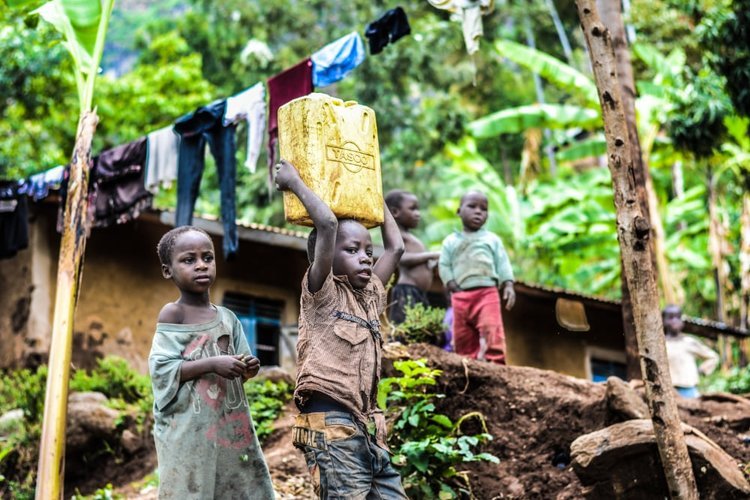Source: Africa Publicity
The 2023 Annual Household Income and Expenditure Survey indicates that over 1.1 million children 5 to 17 years were involved in different forms of work in the fourth quarter of 2023, which represents one in every 10 (10.3%) children in this age range. Among these children, about 893,000 are involved in employment work, which is mostly paid work.
More of the children who are involved in different forms of work are males (56%). Almost
half a million (458,443) of these working children are not attending school comprising
68,500 who have never attended school and 389,943 who attended school in the past.
Urban areas account for over a quarter (309,199:28%) of working children, while rural
areas have a significantly higher proportion, with almost three-quarters (795,175;72%).
From a regional perspective, Ashanti (13.6%) accounts for the highest percentage of children working, followed by Bono East (12.1 %), and then Northern (11.8%). The Ahafo Region (0.8%), Greater Accra (1.6%) and Western North (1.8) have the lowest percentages of working children.
A breakdown of the forms of work reveals that 35.4 percent of children worked as family
help, followed by farmwork (31.2%), unpaid trainees (11.7%), and own use production
(7.3%). Also, 6.2 percent of children were engaged in non-farm work, 5.3 percent in wage
work and 2.9 percent involved in domestic, non-productive agriculture, voluntary work
or apprentice work.
Elementary occupations pre-dominate the occupational landscape for working children,
representing 60.4 percent, followed by craft and trade-related work (19.8%) and then
skilled agricultural, forestry, and fish-related work (17.7%). Service and sales workers (1.7%),
Plant and machine operators, and assemblers (0.2%) and Manager (0.1%) account for
the least working children.
The services sector employs nine in 10 (91.7%) of the working children, while agriculture
and industry engage 4.8 percent and 3.6 percent, respectively.
Eight in 10 (80.4%) of working children are involved in contributing family work, both in
agricultural and non-agricultural sectors. The second most common employment status
for children is unpaid apprenticeship, which constitutes 11.7 percent. Additionally, 1.9
percent of working children are self-employed, 0.5 percent are paid employees and 4.9
percent of working children fall under other employment categories.
The World Day Against Child Labour, observed annually on June 12th, aims to raise
awareness and prompt action to combat child labour globally. This year’s theme, “Let’s
Act on Our Commitments: End Child Labour,” calls for intensified efforts to fulfill pledges
to eliminate child labour and protect children’s rights.
About the Ghana Statistical Service
The Ghana Statistical Service (GSS) provides comprehensive, reliable, quality, relevant,
accurate and timely statistical information to guide national development as stipulated
in Section 3 of the Statistical Service Act, 2019 (Act 1003). The organisation’s vision is to be
a trusted provider of official statistics for good governance and its mission being the
efficient collection, production, management, and dissemination of quality Official
Statistics based on international standards, using competent and motivated staff for
evidence-based decision making, in support of national development.
The Statistical Service produces monthly and quarterly data on important economic
indicators such as Inflation, Consumer Price Index and Producer Price Index, and Gross
Domestic Product (GDP). GSS also regularly generates periodic population, housing,
demographic and economic data at the locality, district, and national levels from routine
surveys and censuses. The statistics generated by GSS is utilised by a wide cross-section
of users including the public sector, businesses, academia, civil society organisations and
development partners.








